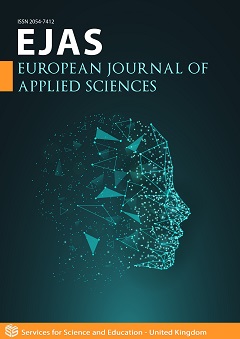Monodisperse Particles from Single Emulsions with Microfluidic Device
DOI:
https://doi.org/10.14738/aivp.1301.18255Keywords:
monodisperse crystal, microcrystal, microfluidic deviceAbstract
The goal of this study was to develop a microfluidic device, establish the optimal conditions, and adapt an antisolvent technique into microfluidic microcapillary device to produce API microparticles with uniform particle size, generated from monodisperse single emulsions, using griseofulvin as the model compound. Griseofulvin monodispersed crystals were produced using a microfluidic microcapillary device. Three different fluids mixtures were used to both create an antisolvent environment and generate monodisperse drops within the microcapillary device. Single emulsion generation was visualized using an inverted microscope equipped with a high-speed camera. Finally, the griseofulvin crystals were collected, and their particle size was measured through microscopy image analysis.
An antisolvent technique was adapted into the microfluidic capillary device. The inner, middle, and outer fluids consisted of 7% griseofulvin, SDS in ultrapure water, and polysorbate 80 in ultrapure water, respectively. The optimal flow conditions were determined to generate monodisperse single emulsion drops, resulting in griseofulvin microcrystals with an average particle size of 11 µm. A novel microcapillary device process was developed, applying an antisolvent technique to generate monodisperse griseofulvin crystals starting from monodisperse single emulsions. Established the constituents and flow rates of each fluid, allowing for complete control of the system. Single emulsions of GF in triacetin were produced with an average diameter of 75.2 ± 2.9 µm. Finally, monodispersed griseofulvin crystals with a mean particle size of 11.60 ± 3.64 µm were obtained. Microfluidic method is excellent to obtain monodisperse particles for inhalation process and pulmonary delivery, because the span is better than the other material in the market. Microfluidic method developed is excellent to produce crystals with improved specific surface area and probably with better bioavailability.
Downloads
Published
How to Cite
Issue
Section
License
Copyright (c) 2025 Edgar Barrera, Carlos Martinez, Efrén Hernandez-Baltazar

This work is licensed under a Creative Commons Attribution 4.0 International License.






